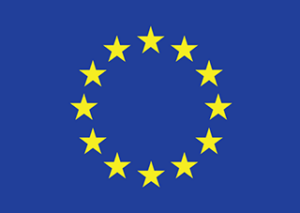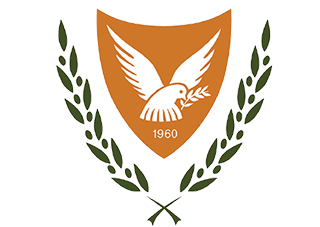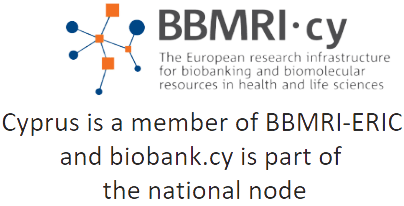The Innovation Hub of the biobank Centre of Excellence (CoE) plays a critical role in transforming scientific knowledge and research into real-world applications, bridging the gap between cutting-edge scientific discoveries and practical solutions. Leveraging the extensive expertise developed within the Center, particularly through the research initiatives at the Molecular Medicine Research Centre (MMRC), the Innovation Hub is driving forward advancements in various fields, including biomedical research, biotechnology, healthcare solutions, and beyond.
By tapping into the innovative potential of our researchers, scientists, and collaborators, the Innovation Hub fosters an environment where creativity, scientific rigor, and entrepreneurial spirit come together. This unique ecosystem supports the development of novel technologies, therapies, and diagnostic tools that have the potential to significantly impact healthcare delivery and improve patient outcomes.
The Innovation Hub actively supports the translation of basic research into applied innovations by facilitating partnerships with industry leaders, startups, and other research institutions. This enables the CoE to bring forward groundbreaking solutions, such as new drug development, biomarker discovery, and personalized medicine, that can address some of the most pressing challenges in healthcare today.
Furthermore, the Innovation Hub is a catalyst for fostering interdisciplinary collaboration, offering researchers and entrepreneurs the tools and resources they need to move from idea to implementation. It also plays an integral role in creating a culture of innovation within the Center, inspiring new approaches to scientific problems.
In summary, the Innovation Hub at the CoE acts as a powerful engine for the translation of scientific knowledge into tangible outcomes that benefit not only the Cypriot healthcare system but also contribute to global advancements in medical science and innovation. Through continuous support for cutting-edge research and entrepreneurial initiatives, the Innovation Hub is playing a pivotal role in shaping the future of medical research and technology.
Discover the main projects currently running under the CoE Innovation Hub:






